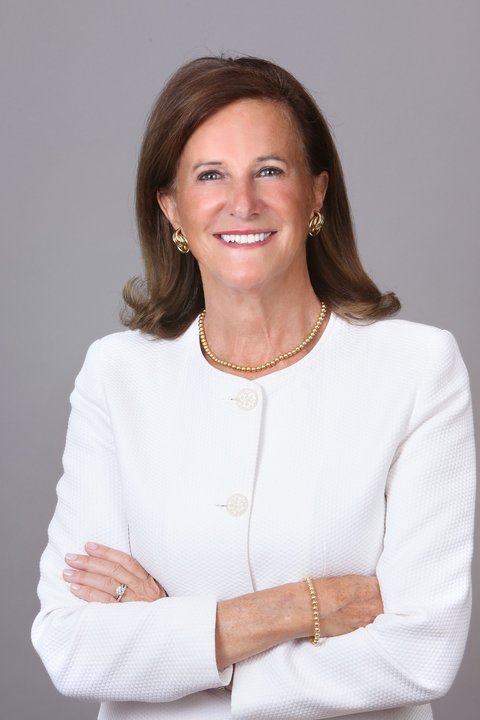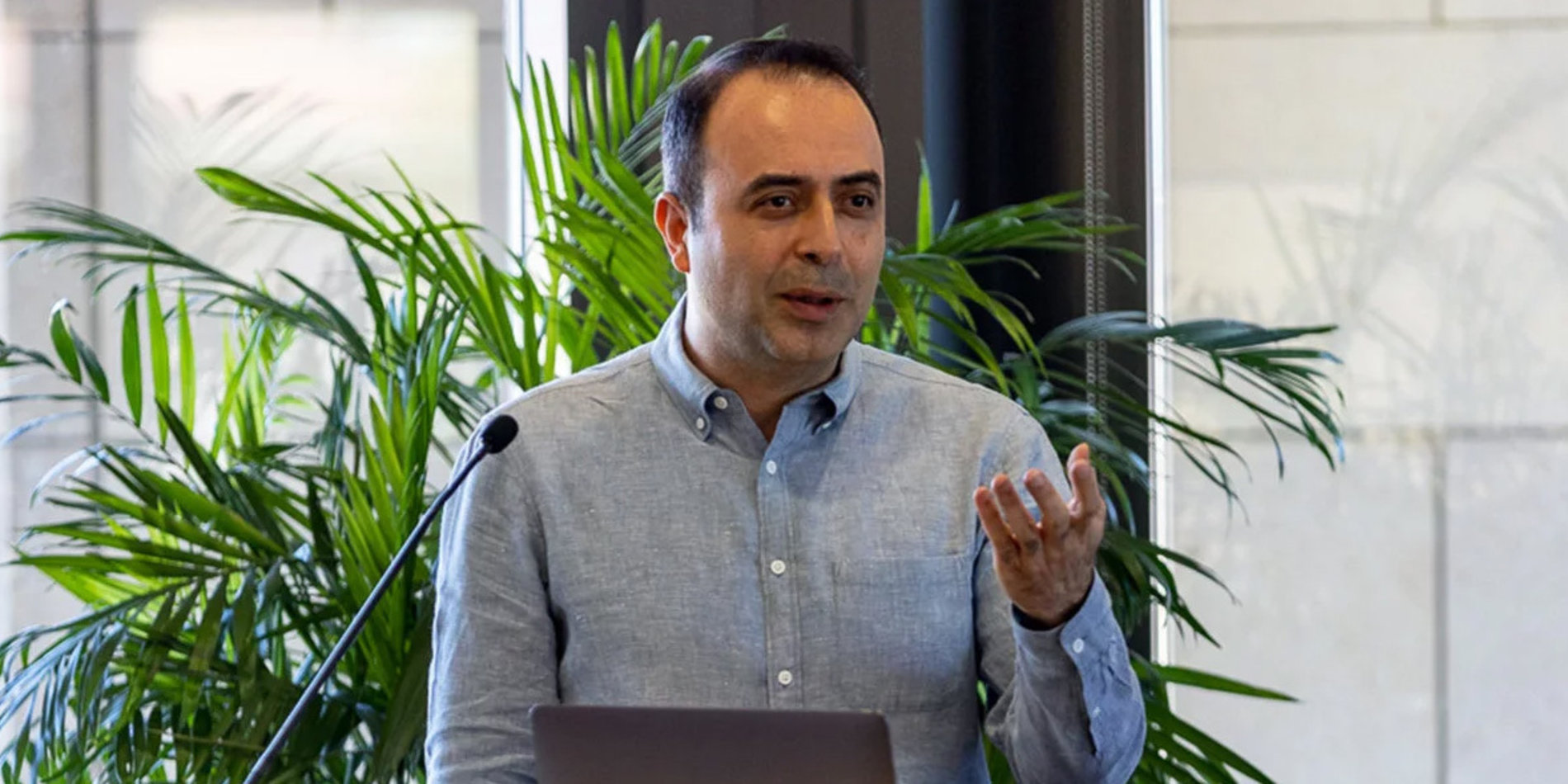Elisabeth Paté-Cornell: MS&E has always been about its students
A specialist in risk analytics, professor Elisabeth Paté-Cornell recognized the challenges and rewards of leading a new entity, created in 2000 by the merger of three existing departments.

With first-hand experience in all three—Industrial Engineering, Operations Research, and Engineering-Economic Systems—she was in an ideal position to chair the fledgling Management Science & Engineering department.
Professor Paté-Cornell is a member of the National Academy of Engineering and of the NASA Advisory Council, and a former member of the President’s (Foreign) Intelligence Advisory Board. She led MS&E from its founding until 2011.
Today, she continues her research in risk and decision analytics in complex engineering systems such as space exploration and cybersecurity, advises graduate students, and teaches elective courses MS&E 250A and 250B in Engineering Risk Analysis.
What prompted the creation of MS&E? Why encourage the cross-disciplinary study of the areas within MS&E?
It was obvious. There were three departments—Industrial Engineering, Operations Research, and Engineering-Economic Systems—that were too small on their own. They had not enough faculty and not enough students, and they needed more money.
In Industrial Engineering, you had engineers and social scientists who looked at organizations and how they worked. In Operations Research, you were applying math to engineering or other kinds of problems. In Engineering-Economic Systems, you had a mix of systems, economics, and decision analysis.
Collectively, these areas covered the different fields, technologies and skills needed to manage an organization or a system. If you are the manager, you need to understand how it works, the people who make it work, and why they do what they do.
The fields within MS&E address engineering management problems from different perspectives, both technical and organizational. For example, in the Artemis mission to go to the moon, there are at least four major subsystems: a rocket, the Orion spacecraft, the station orbiting the moon, and the station on the moon.
How do you design each of those, make them work together, and get the people in different companies making these things to operate, so that there is consistency in subsystems’ reliability, and their interfaces work? How can you help NASA organize the missions including the people actually going to the moon, and plan what they will do from a human and organizational point of view? That’s the kind of project including the many areas involved in such a large problem.
What made you a good choice to lead the merged department, and what was your vision for it?
I came to Stanford with degrees in math, physics and computer science to get my Master’s degree in Operations Research, then my PhD in Engineering-Economic systems. Afterwards I was a professor at MIT for a few years. Then I came back to Stanford as a professor of Industrial Engineering, and later became chair of that department.
Former Stanford president John Hennessy—at the time the Dean of Engineering—had the idea to put those three departments together and asked me if I would do it. These areas complemented each other. It made a lot of sense; I could appreciate their dependencies because I had been in all three areas. I knew the faculty, and I knew the types of students they were attracting and the kind of research they were doing.
I started working on merging the departments in September 1999 and the new MS&E department began in January 2000. It was an extension and an improvement of the classic model of Industrial Engineering and Operations Research departments. My vision was to bring these areas together and to identify projects that would call for our different skills.
What were some of the challenges in leading MS&E?
One big challenge was working with the different cultures and personalities of the faculty. Some were my former professors, and now one of their former students was becoming the department head. I had to make it clear that I knew and respected our different roles. I also knew that in that situation, one cannot ask people to change what they are doing. So, my challenge was to create programs around their interests and a cohesive structure around these programs to make people happy by doing what they wanted to do. As a result, the department ended up with about eight areas of specialty.
The Graduate School of Business (GSB), however, generally did not like the idea of a new Stanford department called Management Science & Engineering. They worried that we might be stepping on their toes. But my argument was that we did not attract the same kind of people and did not compete for the same faculty.
So, I went to see the Dean of the GSB, and I asked him who was really bothered by this new department. I made appointments and went to talk to those people individually to answer their questions. My main argument was that we were an engineering department and not a business school. I think that it helped!
Did people outside Stanford understand the mission of this new department?
There were not many departments similar to ours, and we were different because we attracted people from a larger variety of fields. I think that people in government and industry understood us. Companies understood that we were the mix of people that you need to solve some of their problems. To design a product, you may or may not need social scientists, but you need good engineers. And if you want to sell it, you need to understand who will be using your product, so there is an element of social science and business to it.
While you were an administrator, did you maintain your teaching and research?
Yes, and I kept advising doctoral students. At some point, I had seven or eight PhD students at a time. That’s what I enjoyed the most. Apart from administration, I needed to keep doing research, speaking at conferences, and writing papers. That’s something I think I do pretty well, and I never stopped.
What in the department brings you joy?
Graduation in particular. For me, it has always been about the students, especially, in my case, the doctoral students. You look at all the students who come to pick up their diplomas. They are happy, and so am I. The PhD students pick up their doctorate, one can see what they have done, and we hood them. And that still gives me great satisfaction.
In general, I very much enjoy my students and my colleagues. I think—I hope—that they trust me and respect me.
Where do you see the department in 10 years?
Provided that we keep the mix of areas that we have, we’ll attract more and more students with a special combination of skills. That’s great, and I am delighted about that. In fact, if you ask me what my success was in creating the department, I will say that it was attracting a lot of students to whom we are teaching things that I believe are important, and that certainly includes engineering.
How would you advise other new department heads?
Get in touch with your faculty and see them frequently. Get connected one-on-one, walk the corridors, see what they’re doing and be aware of their research and their concerns. Also, know and communicate what you think is important and needs to get implemented.
You do not want to impose your own views. You need to understand what your colleagues are doing, support them, and get their support. Occasionally some chairs may have a revolutionary idea. In my case, it was simply to achieve a complex merger. I think that what worked was making people from different areas, who were not necessarily familiar with one another, work together. And that’s what I am proudest of!


